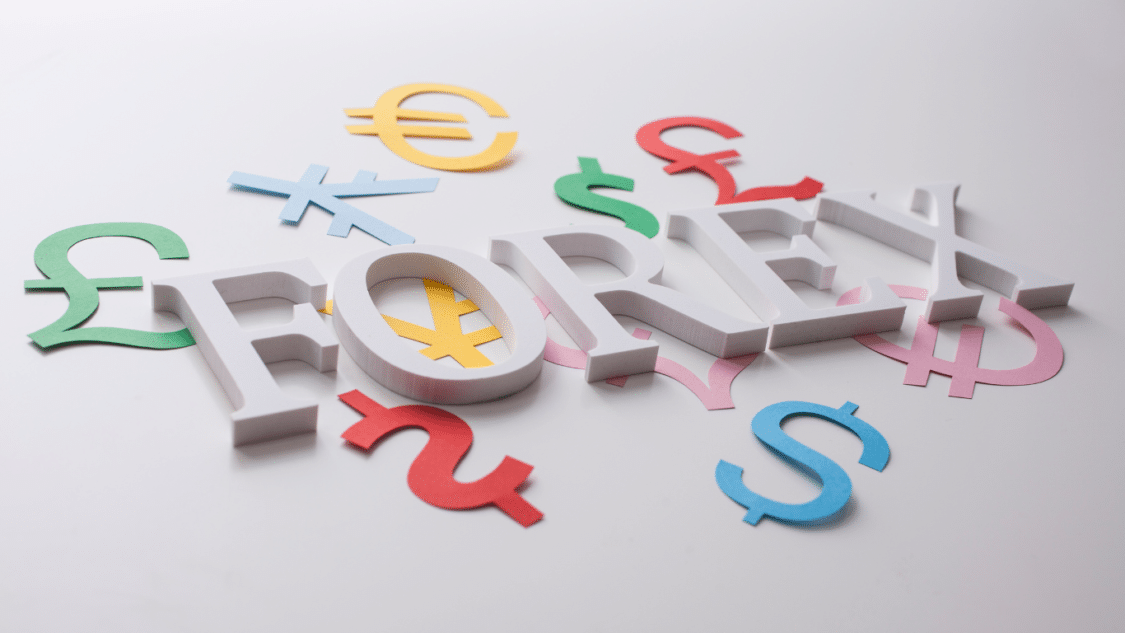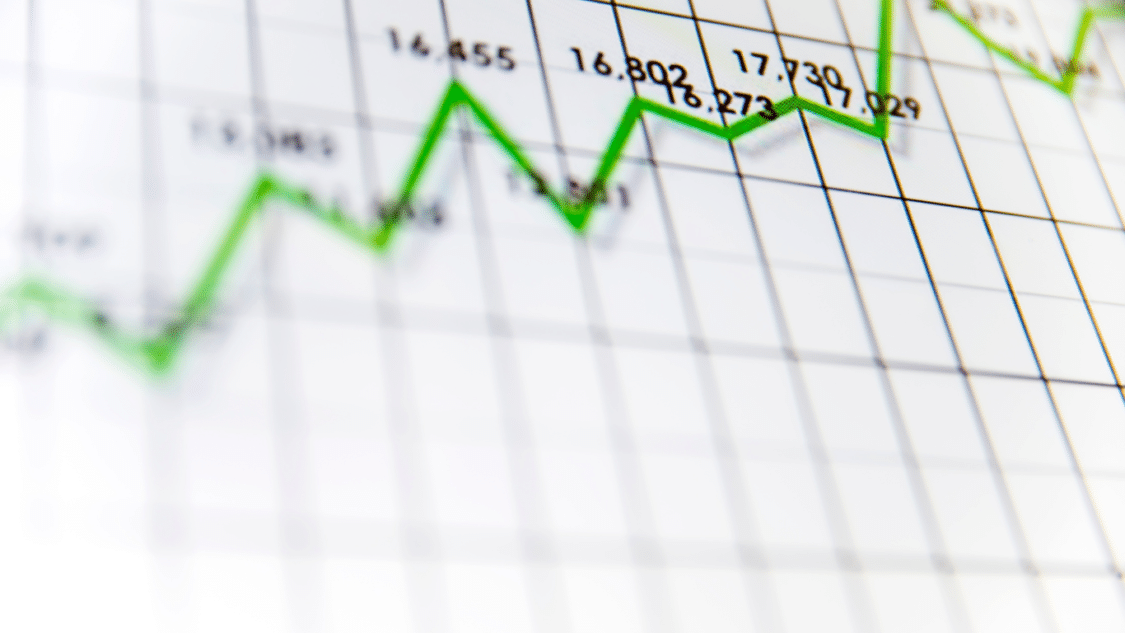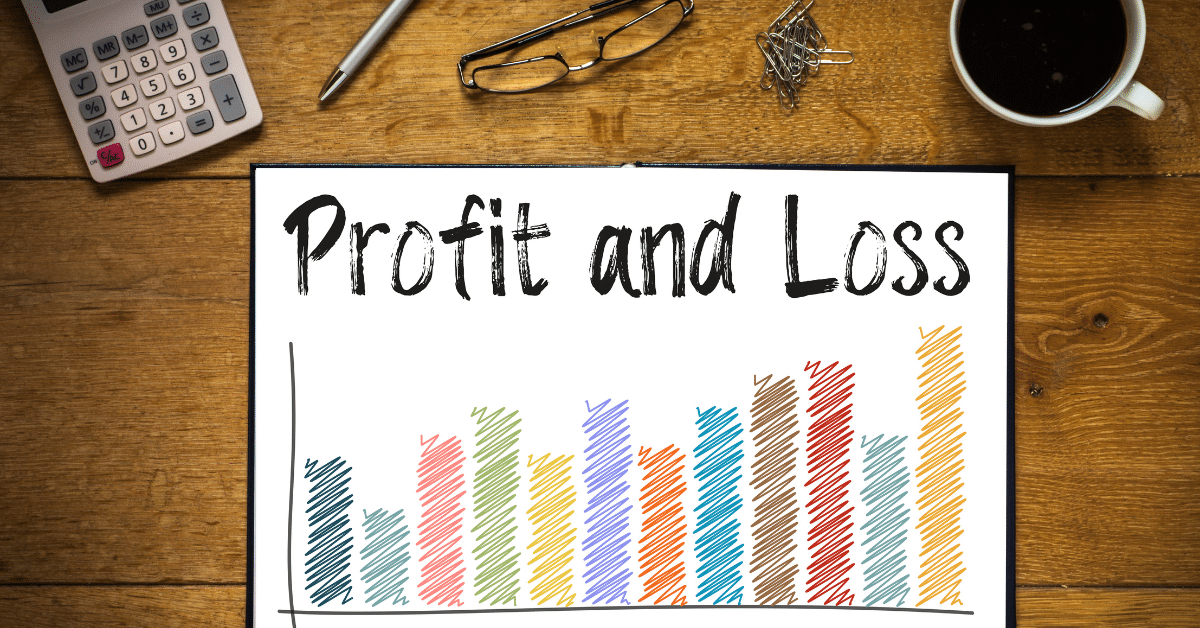Forex trading is one of the most known forms of online investing worldwide. While it has the potential to be a lucrative market, traders need to understand the various components of the market thoroughly. Profit loss and leverage in Forex trading are among the most critical components, in addition to the lot size, which refers to the number of currency units traded in each transaction.

What leverage means?
The definition of leverage is an essential concept in Forex trading that allows traders to control large amounts of currency with a small percentage of capital. It is expressed as a ratio and indicates the amount of money a trader can control for every dollar invested. For example, a leverage ratio 1:100 means the trader can control $100 for every $1 invested.
Just like a double-edged sword, leverage in trading can greatly enhance potential profits but also intensify the potential for losses. This is why leverage traders must use caution and thoroughly understand the potential risks.
When using leverage, it’s essential to remember that the larger the leverage ratio, the lower the margin requirement. The margin requirement is the number of funds the trader must keep in their account to cover potential losses. A lower margin requirement allows traders to control a larger currency with a smaller investment. Still, it increases the risk of losing the entire investment if the trade moves against the trader.

Choosing the appropriate leverage ratio based on your trading strategy and risk tolerance is essential. A higher leverage ratio is suitable for traders who are confident in their ability to generate profits and are willing to take on higher risks. On the other hand, a lower leverage ratio is more suitable for conservative traders who prefer to limit their potential losses.
Within Forex trading, leverage emerges as a potent mechanism, capable of significantly enhancing the prospects for profits while augmenting the exposure to potential losses. It’s essential to choose the appropriate leverage ratio based on your trading strategy and risk tolerance and to use leverage with caution. In addition, when trading leverage, the lot size determines the margin required to open a trade. The margin requirement is the amount of funds the trader must keep in their account to cover potential losses.
What is an example of leverage?
An example of leverage is when an individual borrows money from a bank to purchase a property to generate rental income or capital appreciation. The individual uses their money as a down payment and borrows the remaining funds needed to purchase the property. The property is collateral for the loan, and the individual can control a much larger asset with a relatively small amount of money. This is an example of using leverage to increase the potential for profits while also increasing the potential for losses.
Here are a few other things you should know about Forex lot size:
- Understanding Pip Value: The pip value is the smallest price increment in Forex trading and is used to calculate the profit and loss of a trade. The Forex lot size also affects the pip value, as larger lot sizes result in larger pip values and vice versa.
- Choosing the Appropriate Currency Pair: The Forex lot size can also be affected by the currency pair being traded. Some currency pairs have larger pip values, meaning smaller lot sizes are required to manage the risk.
- Flexibility: It’s important to note that the Forex lot size is flexible and can be changed at any time to suit the trader’s needs. This allows traders to adjust their position size to match their available capital and risk tolerance.
- Spread Cost: The Forex lot size also affects the spread cost, which is the difference between a currency pair’s bid and the asking price. Larger lot sizes result in higher spread costs, so choosing the appropriate lot size is important to keep the spread cost manageable.
What is Forex Lot Size?
In Forex trading, the lot size signifies the volume of currency to be bought or sold within a single trade. Expressed in terms of the base currency, it plays an important role in determining the total trade value. A standard lot size in Forex corresponds to 100,000 units of the base currency, and smaller lot sizes represent fractions of the standard lot. For example, a mini lot is approximately 10,000 units, while a micro lot corresponds to 1,000 units of the base currency.
Why is Forex Lot Size Important?
The forex lot size is an essential factor to consider when trading because it affects the risk level you take. Trading a large lot size increases the potential for profits, but it also increases the potential for losses. On the other hand, trading a small lot size limits the potential for profits, but it also limits the potential for losses. Traders must choose the appropriate lot size based on their trading strategy, risk tolerance, and available capital. Another critical aspect of the Forex lot size is the leverage factor.
How to Choose the Right Forex Lot Size

Choosing the right Forex lot size depends on several factors, including the trader’s risk tolerance, trading strategy, and available capital. Here are some general tips to help you choose the appropriate Forex lot size:
- Consider your Risk Tolerance: Your lot size should be based on your risk tolerance. Which refers to the level of risk you are comfortable taking on. As a conservative trader, you may opt for a smaller lot size to limit potential losses. On the other hand, if you are an aggressive trader, you may opt for a larger lot size to increase your potential profits.
- Consider your Trading Strategy: Your trading strategy also plays a role in determining the appropriate Forex lot size. If you are a scalper, you may opt for a smaller lot size to reduce the risk of losses from sudden market fluctuations. On the other hand, if you are a swing trader, you may opt for a larger lot size to maximize your profits from longer-term market trends.
- Consider your Available Capital: The Forex lot size you choose should also be based on your available capital. Larger lot sizes require more capital, so choosing a lot size that aligns with your available capital is essential.
In conclusion, the Forex lot size is important when trading Forex. It affects the risk, pip value, spread cost, and potential profits and losses. By choosing the appropriate Forex lot size based on your trading strategy, risk tolerance, and available capital, you can maximize your chances of success in the Forex market.
Reasons Why Forex Traders Lose Money

